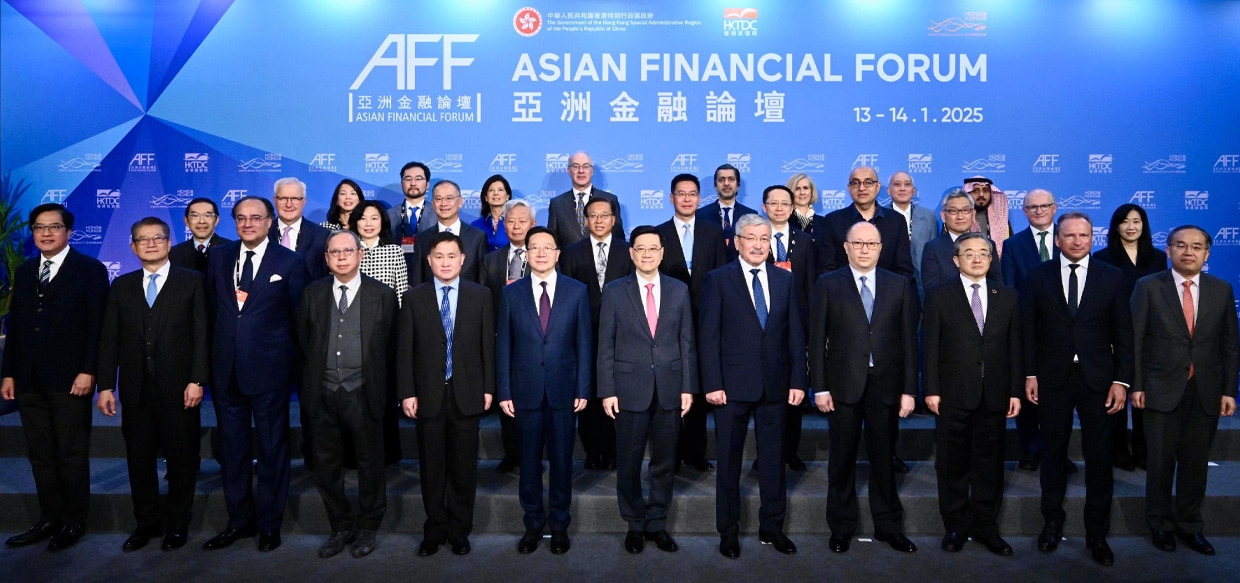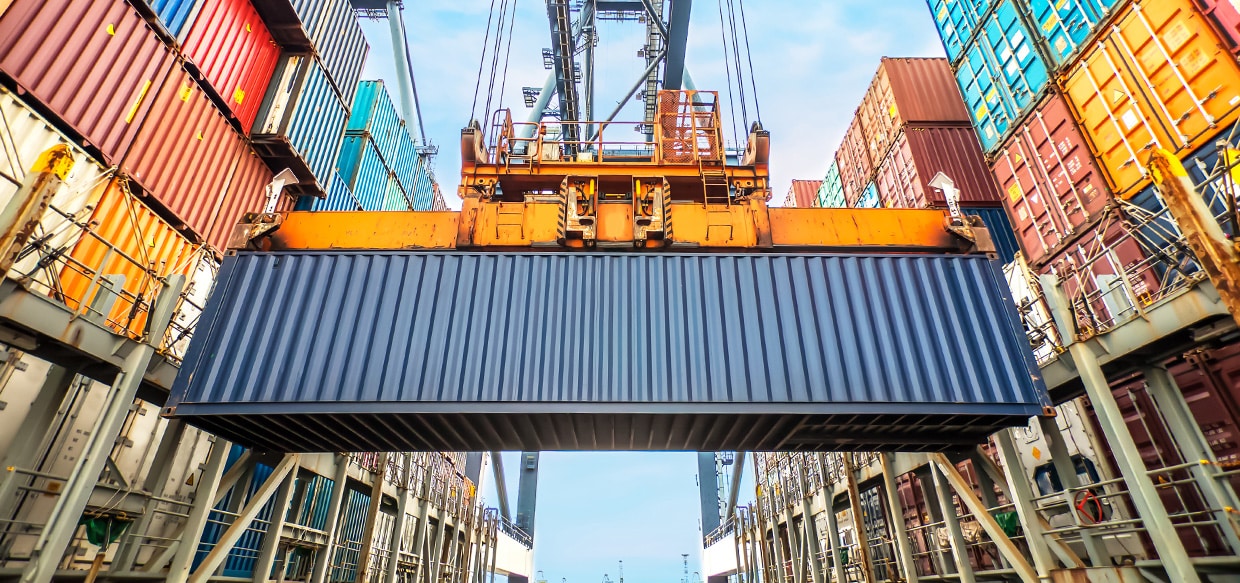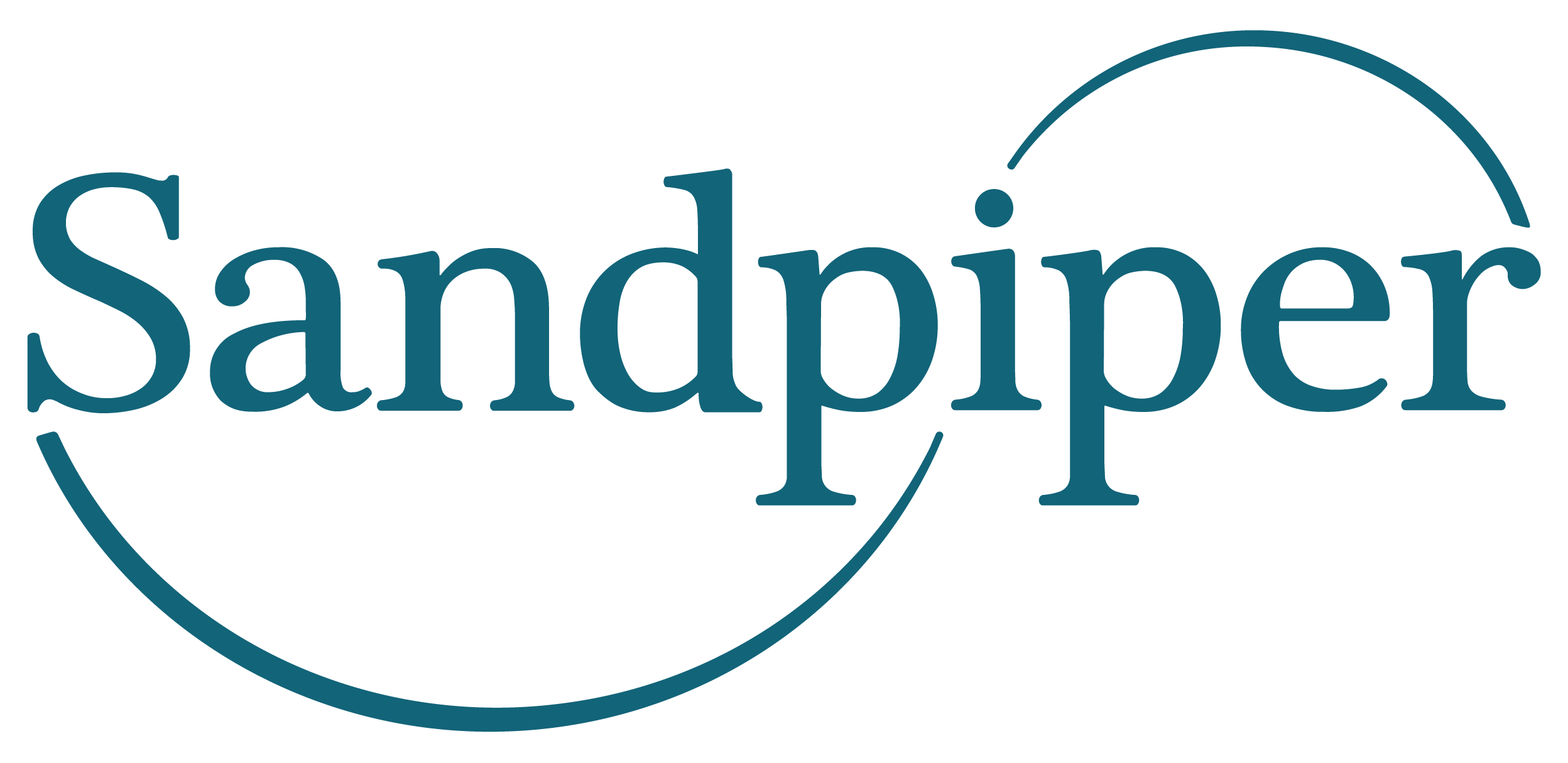
What We Learned at the Asian Financial Forum 2025

Beyond Labels – Fund Managers Must Think Long Term as ESG Investment Appetite Matures
Navigating Reputation Minefields in 2025: Professional Services Sector
January 2025

By Samantha Siu, Associate Director for our professional services, financial services, and health practices, based in our Singapore office.
In an age when news and information travel almost at the speed of light, an organisation can make or break its reputation in an instant. From ethical behaviour and social license to operate, to our increasingly complex geopolitical landscape and rapidly changing DE&I requirements, the value of brand and reputation cannot be understated for the professional services sector (consisting of management consulting, auditing and tax advisory, legal services, and various advisory and consulting services). According to Sandpiper’s Reputation Capital Index 2024, 73% of leaders at business and professional services companies rate reputation as ‘very important’ for commercial success, compared to 69% of leaders across all sectors.
From investigations into business conduct to getting caught up in geopolitical crossfire, we have seen major professional services firms around the world deal with issues and crises that threaten their reputations in 2024. At Sandpiper, we have also helped our clients manage various issues to safeguard their brand equity. Looking ahead, what are some of the major pitfalls that professional services firms and practitioners should look out for? And how can they become better equipped to prevent a crisis or control the damage if one arises?
Professionalism and ethics are paramount
When organisations or individuals seek the support of professional services firms, they are typically looking for expert knowledge and experience to solve complex problems. In the case of legal and accounting services, clients trust professionals to help them comply with regulations and avoid legal ramifications. Therefore, when a firm is accused of failure to conduct their own business in a professional and legally compliant manner, the reputational impact on the brand, the individuals involved and the industry as a whole can be devastating.
In 2024, we have seen this play out in a number of high-profile cases in the legal and accounting worlds, where government authorities or industry bodies accused firms of misconduct and failure to carry out their duty. Firms suffered severe reputational damage in the aftermath, losing clients and long-term business prospects in the markets concerned. The ability to address such situations swiftly and appropriately, by communicating remedial actions and reassuring stakeholders of preventative measures in future, is crucial to regaining trust.
The impact of reputational damage is not just related to the high-profile cases we read about in the media. Our Reputation Capital Index 2024 reveals over half (57%) of business and professional services respondents said their reputation had negatively impacted business with certain clients over the past year.
Treating diversity, equity and inclusion (DE&I) with care
DE&I performance is another area where professional services firms face challenges. Major global firms often have DE&I policies and actively promote their inclusive culture to attract talent and position their organisations as industry leaders. When these firms fall short of their promises, it becomes a major issue. Even when a firm is committed to DE&I at an organisational level, all it takes is one manager who says or does something insensitive to put the company in a tough spot.
In fact, some professional services firms are reported to be dialling back their diversity efforts to hire more underrepresented candidates due to push-back from so called “anti-woke” stakeholders. Such moves may spark divergent reactions, and firms must weigh the pros and cons with care.
Communication is key to getting the whole organisation on the same page when it comes to DE&I. Managers should receive regular training on how to work with their teams in alignment with the company’s values. DE&I is an evolving topic, and firms need to stay on top of the latest issues and continuously educate their people to better understand and support one another in the workplace.
Keeping a close eye on geopolitics
With Trump returning to the presidency in 2025, many organisations will need to carefully monitor US-China relations and consider the broad ranging global impacts. In 2024, major management consulting firms have encountered difficulties with regards to their advisory work in both countries, with some reportedly losing client contracts in both markets or having to cut down their operations in Greater China.
Professional services firms must navigate these uncertain waters with caution. From sharing business developments to publishing papers or comments, firms and professionals need to carefully think about how each communication will be perceived by stakeholders in all the markets where they operate. The support of communications and public affairs professionals with an understanding of geopolitical sensitivity is invaluable. In addition to helping scrutinise each piece of communication and relevant business decision, these professionals can also help with internal education and setting up guidelines to ensure the whole organisation has the necessary awareness about ongoing geopolitical issues.
Maintaining an issues and crisis management framework
A robust issues and crisis management framework is essential for monitoring risks, managing ongoing issues, and preventing them from escalating into crises, while handling crisis situations promptly and effectively when they do arise.
This framework should have buy-in from all relevant departments within the organisation, with a clearly defined chain of command during crisis management. Legal, human resources, and communications teams should always be involved. The framework should ideally include an issues register that is updated regularly, to ensure that all risks are continuously monitored and mitigated. Key issues should also have reactive statements on stand-by to support both external and internal communication.
A well-defined and up-to-date issues and crisis management framework will enable an organisation to respond to all kinds of situations efficiently and protect its reputation. Coupled with proactive actions to enhance reputation, this preparedness can help cement a firm’s reputation as a trusted, professional advisor and a market-leading employer.
Contact us to learn more about our award-winning work in professional services communications.
Related news & insights:
-

A World Recalibrating: Strategic US Absenteeism is Accelerating ASEAN’s Regional Integration
-

New research from Sandpiper reveals business leaders blame the US more than China for trade war, believe US should make first moves to de-escalate
-

All Eyes on AI, But Don’t Overlook Cross-Border Payments: Looking Ahead to Money 20/20 in Bangkok


